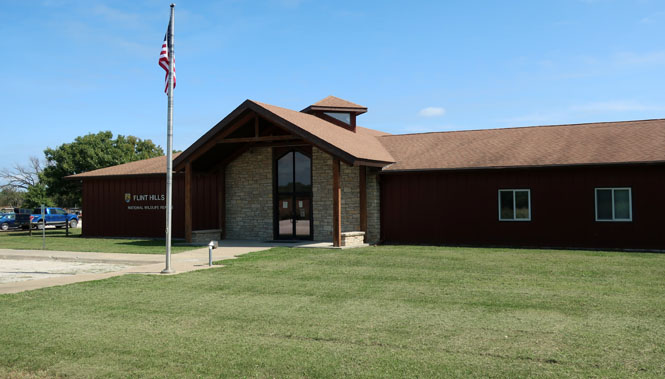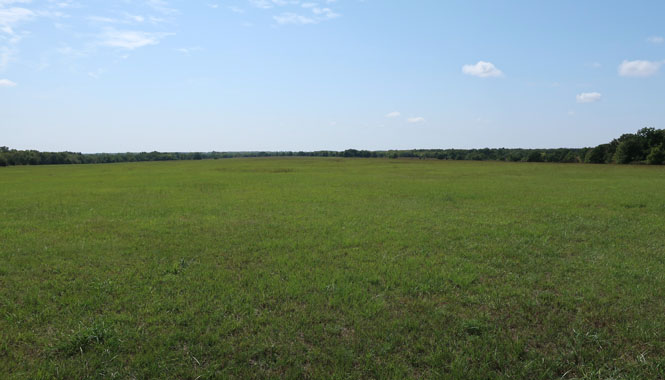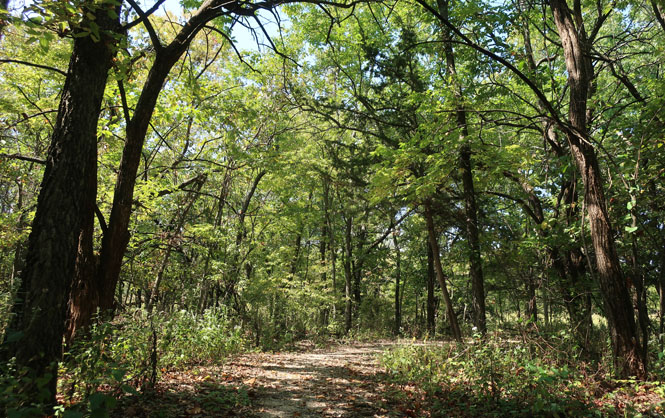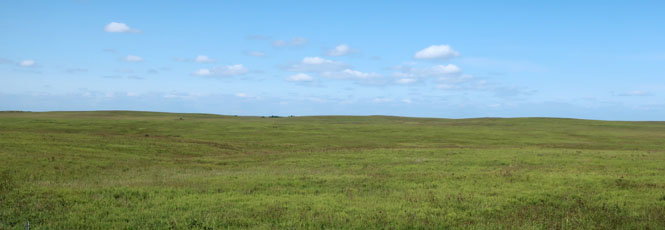September 23, 2020

The Flint Hills Wildlife Refuge is along the Neosho River, which is susceptable to flooding and so is not suited to regular agricultural use; but, that's exactly what makes it well-suited for wetlands habitat.
I don't really consider this area as part of the Flint Hills, but I guess they wanted to name the new refuge for the nearest known geographic feature.
 Flint Hills National
Wildlife Refuge
Flint Hills National
Wildlife Refuge
Located in east central Kansas, Flint Hills National Wildlife Refuge lies in the broad, flat, Neosho River Valley. The Refuge is located in the tallgrass prairie region of the country, the Refuge is named for the gently rolling, fossil-studded hills found to the west of the Refuge. These hills were laid down when seas blanketed the area 250 million years. The Neosho and Cottonwood Rivers provide most of the water for the Refuge, which is located at the upstream end of John Redmond Reservoir. Refuge Habitats include wetlands, bottomland hardwood forests, grasslands, riparian areas, and agricultural lands.
--NWS website
 Kansas
Kansas
I've not been throught the headquarters building before, and I won't be with this visit. The sign on the door says that all the rangers are out working the refuge, so the building is closed for visitors. Evidently, there has been recent flooding, which damaged some of the refuge roads.
A portion of the land is in crops, and more is left as prairie or pasture.
I'll be walking the Dove Roost Pond Trail which is less than a mile in length and loops around Dove Roost Pond.

The trail is easily walked, but since I doubt it gets much foot traffic (I saw nobody), parts are in danger of being overgrown due to a lack of feet to keep the unwanted plants off the trail. It's not so bad, however, that you could possibly get lost.



The refuge crews have done a nice job.
And, less than a mile away, you'll see this...








